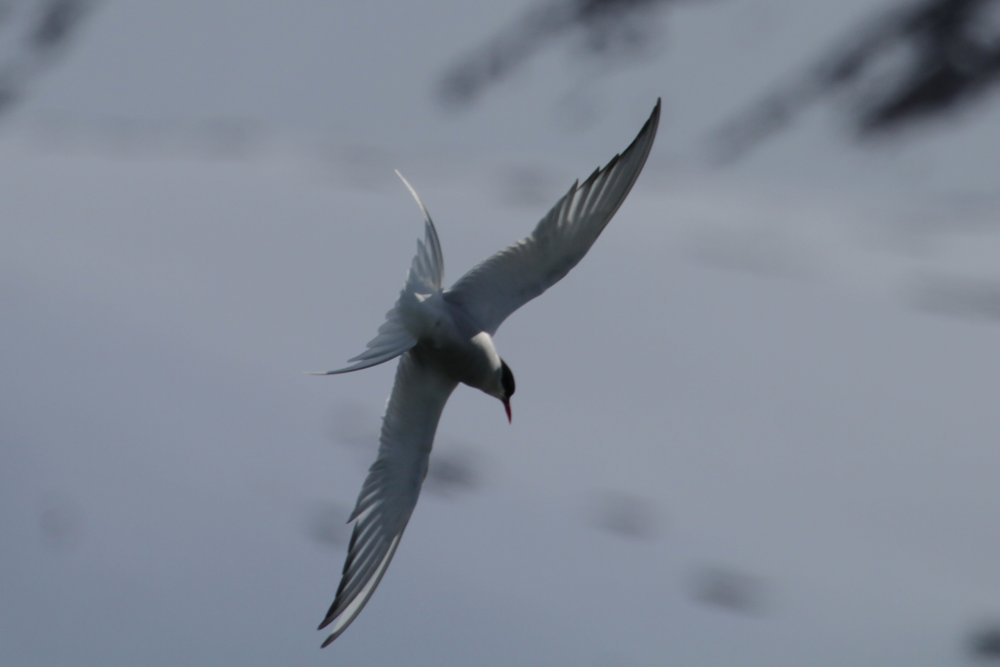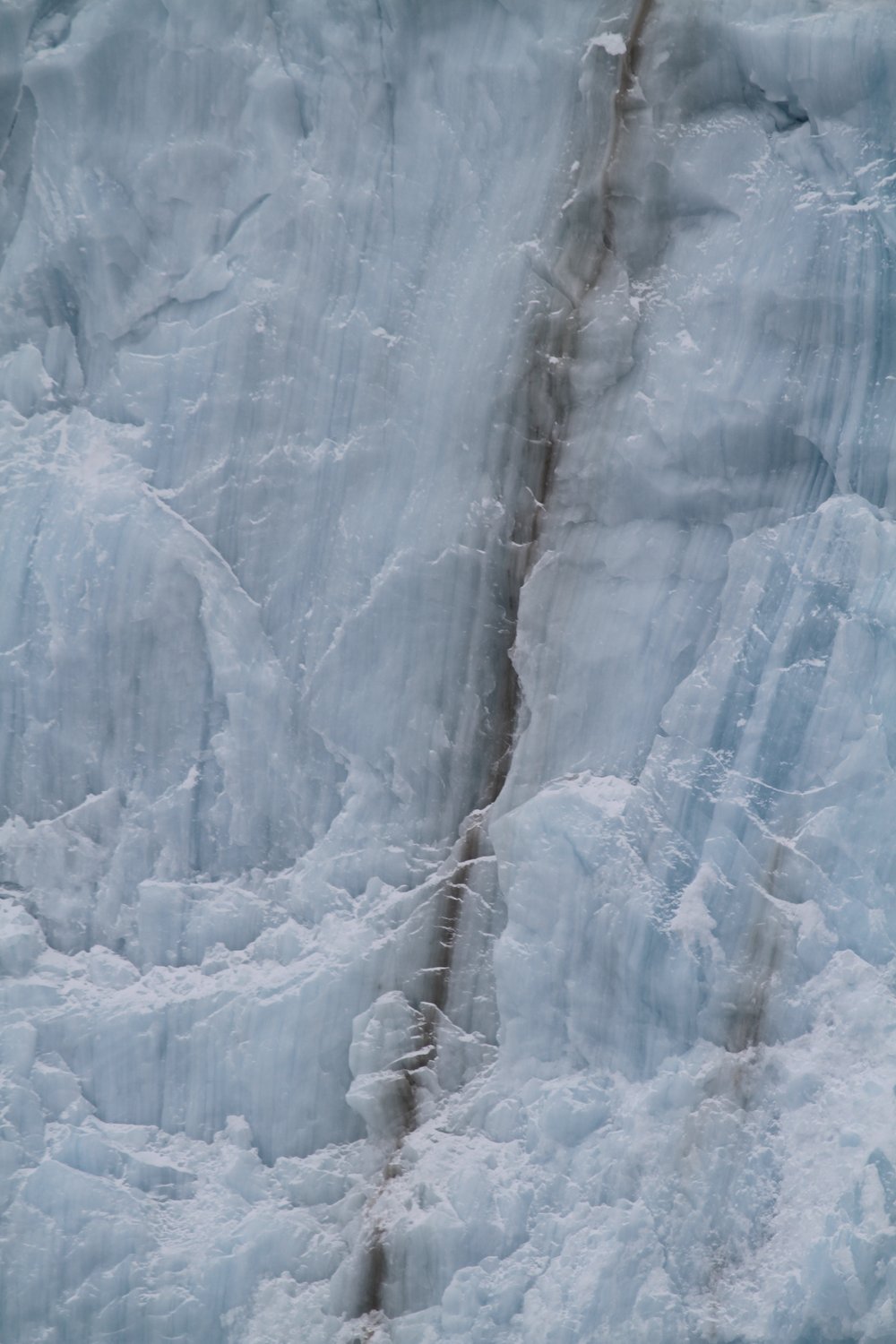
I had been anticipating, even looking forward to the Arctic silence. In my life at home, I equate silence with peace. With steadiness. But I knew that silence could be varying, unpredictable. When I travelled to the Antarctic in 2005, I felt ambushed by the silence. It stretched the length of the Ross Ice Shelf, and swallowed me (my essay, “The Secret of Silence” is about this Antarctic experience). I wanted to compare the silences of this world, the tame silence of home and the untamed silences of north and south.

The silence of a northern winter is of a different order. “Silent, oh, so silent! You can hear the vibrations of your own nerves. . . . Eternity and peace are here.. . . “ It is the sort that gives scale, to the world, to life. “What are all our research and understanding in the midst of this infinity?” Nansen asks. It’s a question we all must ask.
Hoping to experience a bit of the northern quiet, one afternoon the wonderful nonfiction writer Luling Osofsky asked a few of us to join her in a zodiac. “The silent zodiac,” she called it. “No pictures. No talking.” I climbed aboard. We puttered out toward a glacier, and our guide Ismael, skeptical of our desires, cut the engine. The chunks of ice slapped against the rubber side of the zodiac, bobbing in the green-blue sea. We drifted with the current, closer and closer to the Fridtjovbreen glacier. Ismael held up his thumb to gain a sense of our distance from the glacier should it calve. We sat on the round, hard side of the zodiac, looking out at the world. The rocks on shore looked like loaves of sliced bread. In the same way, the blue green glacier looked cleaved, as if Roland came through with his sword. But his sword wasn’t strong enough to cut through the hard ice, only to chip into it. A few silence seekers, unable to resist the proximity to the blues and whites, the shape and power of the glacier, pulled out iphones to take pictures. We live in a world where we can’t not take photos.
 A slice of glacierIt was not quiet as we bobbed there in the zodiac. Above us the Arctic Terns flew by, and I imagined their call as “knee up, keen up, knee up.” Did they make this call the length of their journey from the Antarctic? In any case, under the urgency of the summer sun, these agile, graceful birds don’t shut up. The water that toiled around us, bubbled and pinged like being in a deep fryer, or a Jacuzzi. There were high and low notes, a symphony of freezing sound. I was tempted to tip over backward into the cold cold water. The water kept tugging at me: three times on this trip I pulled off my clothes and dashed into the water. When I emerged (but a few seconds later) my limbs tingled with the retreating cold.
A slice of glacierIt was not quiet as we bobbed there in the zodiac. Above us the Arctic Terns flew by, and I imagined their call as “knee up, keen up, knee up.” Did they make this call the length of their journey from the Antarctic? In any case, under the urgency of the summer sun, these agile, graceful birds don’t shut up. The water that toiled around us, bubbled and pinged like being in a deep fryer, or a Jacuzzi. There were high and low notes, a symphony of freezing sound. I was tempted to tip over backward into the cold cold water. The water kept tugging at me: three times on this trip I pulled off my clothes and dashed into the water. When I emerged (but a few seconds later) my limbs tingled with the retreating cold.
We bobbed this way for a while, then needed to retreat. “Is there somewhere you would like to go?” Ismael asked, starting up the engine. It was as if we could chase silence, could find it more profoundly in one place rather than another. All I wanted was off the boat for a while, to replace human sounds with the dance of water and ice sounds, to remember silence is rarely complete. A moment after our retreat, an enormous chunk of ice tumbled into the water, an explosion, the roar of thunder. Nansen describes it as “a noise like the discharge of guns, and the sky and earth tremble so that I can feel that ground that I am lying on quake.” What remained was a light blue wound. What was revealed was ice that had been encased in its own lightless silence for hundreds, perhaps thousands of years.